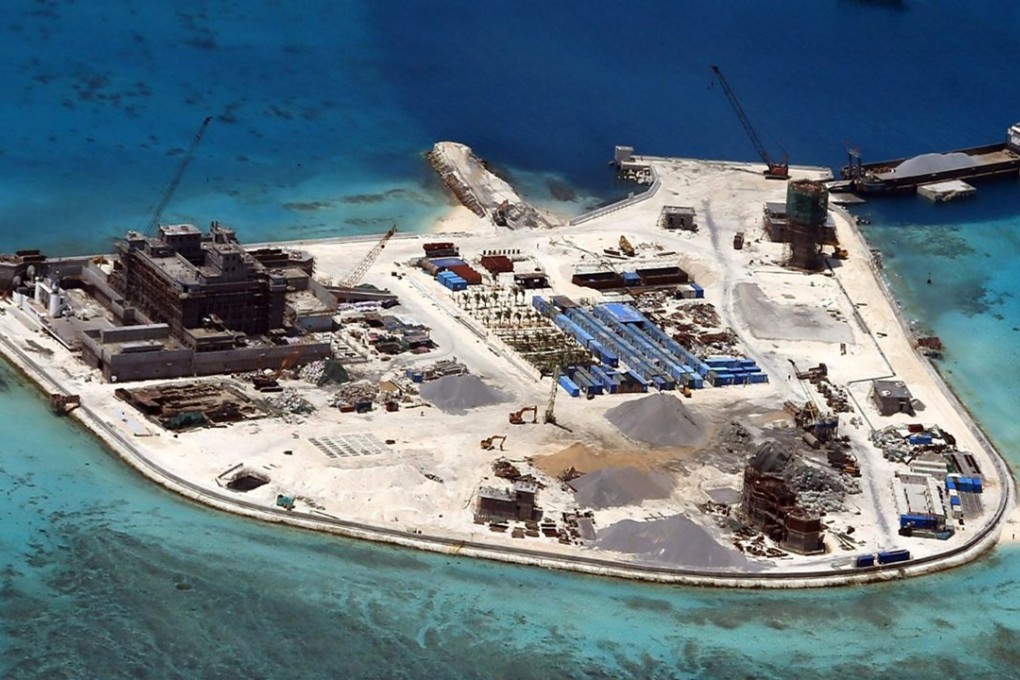Harnessing the ocean: China’s military looks to wave farms to power radar on remote islands as South China Sea disputes simmer
Country has been testing one of the largest power-generating machines of its kind in the world with maximum capacity in excess of 200 kilowatts.

China plans to build electricity-generating wave farms near remote islands in the South China Sea, where it is engaged in territorial disputes with several of its neighbours, to mitigate the threat of a power blackout hitting its military radars there, according to researchers involved in the project.
These giant floating power stations are expected to significantly strengthen the nation’s foothold in the disputed waters.
A full-scale unit, about half the size of a soccer field, was deployed for a test run in waters off the Wanshan archipelago near the city of Zhuhai in Guangdong province earlier this month, said the researchers at the Chinese Academy of Sciences’ Guangzhou Institute of energy Conversion.
Using cutting-edge mechanical designs, the generator will efficiently transform the constant movement of the sea water into electricity and stay in operation on windless days and also in the face of a super-typhoon, they said.
China’s breakneck rush to build civilian and military facilities in these seas has stretched its power supply chain in recent years. One of the biggest headaches has proven to be keeping the country’s larger-than-ever radar network in constant operation.
“Military radars are power-hungry beasts that must be fed all the time,” said one researcher, who declined to be named due to the sensitivity of the issue.